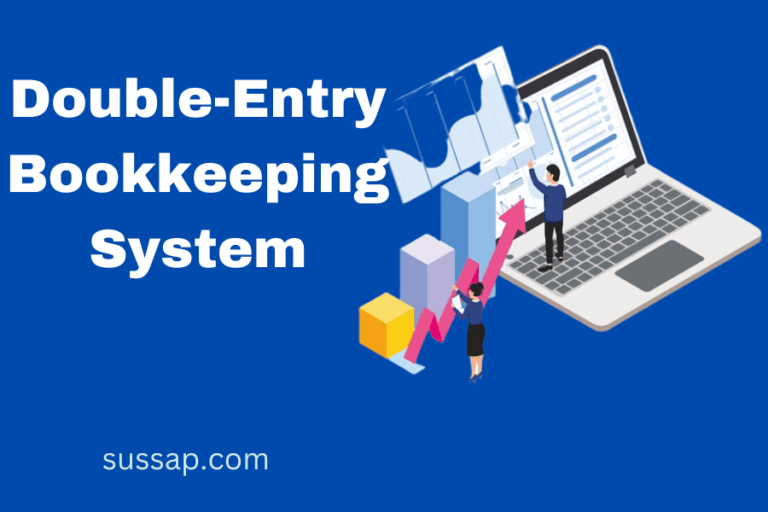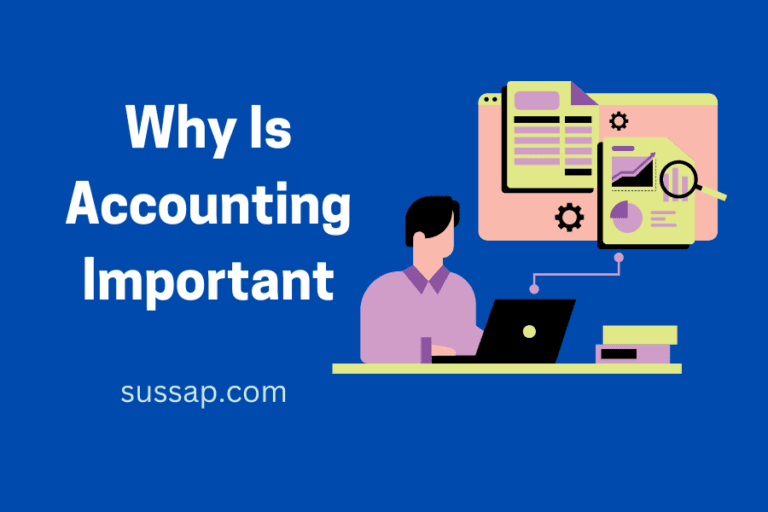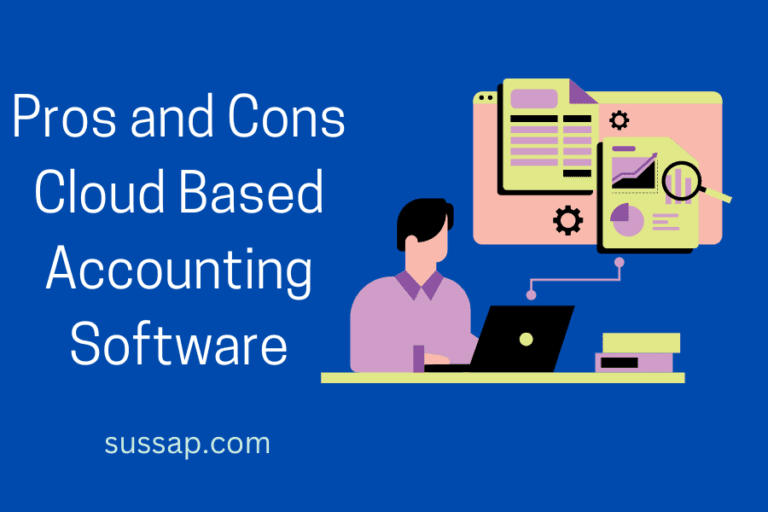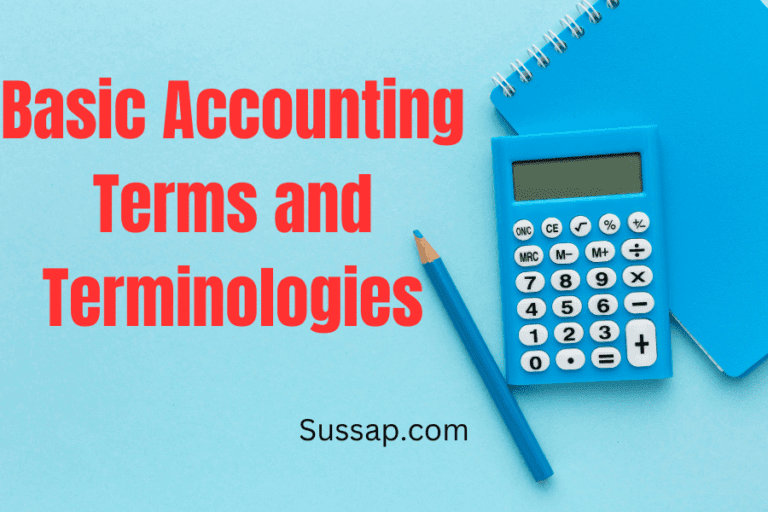In the hectic business environment of today, accounting procedures are becoming more time-consuming and complex. Businesses are looking for methods to simplify their accounting processes in order to save time and increase efficiency.
Using accounting software is one of the most excellent methods to accomplish this. In fact, 75% of accounting tasks can be automated by accounting software.
Accounting software can help firms make better decisions by automating several operations, minimizing errors, and providing real-time financial data.

In this article, we’ll discuss seven methods for optimizing your accounting processes with accounting software and how they can boost your business’s production and efficiency.
Automate data entry
The first step in optimizing your accounting process is to automate data entry. By automatically importing information from bank accounts, credit card accounts, and other financial sources, accounting software can save you time and lower the possibility of manual errors.
Using bank feeds or bank interfaces, the software can automatically pull data from bank transactions to achieve this automation.
This will assist in ensuring the accuracy and correctness of all financial data. Additionally, it eliminates the necessity for manual and time-consuming human data entry.
Many accounting software programs also have the capability to categorize transactions, which further streamlines the accounting process automatically. This is done by using rules to automatically assign categories to transactions based on the type of transaction or the payee.
Use online invoicing
A strong tool that might help you simplify your accounting process is online invoicing. You can do all of these things from one location: create, send, and track bills.
You may easily produce invoices with a professional appearance using online invoicing and send them electronically to your clients.
The speedy payment process is one of the main advantages of online invoicing. Instead of waiting for a physical copy of the bill to be mailed to them, your customers can receive their invoices via email and pay them online. This shortens the payment processing time, which can be critical for small firms that depend on cash flow to maintain their operations.
You can track your invoices in real-time, which is another benefit of online billing. It might be challenging to maintain track of which bills have been received, which have been paid, and which are still unpaid when using traditional paper invoicing.
With online invoicing, it’s simple to keep track of each invoice’s progress, examine payment histories, and contact clients who owe money.
Finally, using online invoicing can raise the level of professionalism throughout your company. By offering invoices that are simple to read and comprehend and look professional, you can build trust with your clients and ensure that they take your business seriously. This might assist you in bringing in more customers and expanding your business over time.
Implement automatic payment processing
Implementing automatic payment involves integrating payment processing systems such as PayPal, Stripe, or Square with their accounting software. Businesses may decrease the time it takes to process payments, cut down on manual errors, and enhance cash flow management by doing this.
Automatic payment processing allows businesses to receive payments from customers quickly and easily. The payment is automatically entered into the accounting software when a customer uses a payment processing system to make a purchase.
Moreover, automatic payment processing enables businesses to accept payments from credit cards, debit cards, and online payment methods.
The payment processing system also provides a high level of security, shielding the company’s clients from fraud.
It also gives companies access to real-time data on their cash flow. This aids organizations in managing their money and making wise choices regarding investments and spending.
Utilize real-time reporting
One of the key benefits of accounting software is real-time reporting that enables you to view your financial data as it develops. As a result, you can always view your current financial situation because the data in your accounting software is continuously updated.
This contrasts with earlier accounting techniques, which produced financial reports at the end of each month or each quarter. You may swiftly and simply make wise business decisions with real-time reporting.
Real-time reporting has the benefit of enabling you to spot possible issues before they develop into serious ones. For instance, if you see that your expenses are rising quickly, you can look into the reason why and take steps to cut expenditures.
Similar to this, you can figure out why your sales are declining and do something about it before it gets worse. Real-time reporting allows you to operate your business more successfully by taking a proactive rather than a reactive approach.
You can track key performance indicators (KPIs) in real-time by using real-time reporting. KPIs are metrics that are used to monitor a company’s performance. These may provide statistics on customer acquisition, customer retention, and sales growth.
Real-time reporting also gives you the ability to make more educated judgments. You may make decisions based on actual information rather than suppositions or educated guesses if you have access to current financial information. This may result in improved cash flow management, more precise financial forecasts, and more successful strategic planning.
Automate tax preparation
Tax preparation can be difficult for small business owners without a background in accounting or finance. Accounting software, however, may significantly simplify and speed up the tax preparation process.
In the following ways, tax preparation can be automated by accounting software:
1. Tax calculation: Accounting software can compute taxes for you automatically depending on the data you supply. For instance, the program may determine the necessary sales tax and add it to the invoice if you record a sales transaction.
2. Tax forms: Accounting software can automatically produce tax forms like W-2s and 1099s. By doing this, you can avoid the time and effort of manually filling out these forms.
3. Tax filing: You can file your taxes electronically with some accounting software systems. In addition to saving time, doing this lowers the possibility of making mistakes when filling out paper forms.
4. Tax deadline reminders: Your accounting software may be able to notify you of approaching tax deadlines. This helps protect you from penalties by ensuring that you don’t forget any deadlines for filing.
5. Compatibility with tax software: Numerous accounting software packages interact with well-known tax preparation tools like TurboTax or H&R Block. This implies that you can quickly send your financial information to your tax software and further streamline the filing of your taxes.
Simplify payroll processing
Processing payroll may be a difficult and time-consuming procedure, especially for small businesses with few resources. Yet, accounting software can assist in streamlining payroll management and simplifying the procedure. Here are a few ways accounting software might be useful:
1. Automatic computations: Paycheck calculations, tax withholding calculations, and other payroll-related calculations can all be automated using accounting software. This not only saves time but also lowers the possibility of mistakes.
2. Direct deposit: Accounting software can work with direct deposit systems to deliver paychecks electronically to workers. This saves time and lowers the possibility of checks being stolen or lost.
Set up automatic expense categorization
By saving time and minimizing errors, automating expense classification in accounting software can greatly streamline your accounting process. This is how it goes:
According to the rules you establish, the accounting software can automatically classify expenses when you get them, such as bills or receipts. You may, for instance, design rules that classify all expenditures from a particular vendor as “Office Supplies” or all expenditures beyond a given threshold as “Equipment Purchases.”
This enables the program to automatically categorize and keep track of expenses, simplifying the creation of financial reports and the monitoring of spending patterns. It also eliminates the requirement for human data entry, which can be laborious and error-prone.
You must set up rules in your accounting software in order to categorize expenses automatically. The majority of accounting software packages contain a feature that lets you set up classification rules for expenses. Generally speaking, you can create rules based on variables like vendor name, spending category, or total.
Once you’ve established your rules, the program will automatically classify spending in accordance with them. You can manually organize an expense if it doesn’t satisfy any of the criteria.
Conclusion
Finally, accounting software has completely changed how companies manage their accounts. You can save time and money while enhancing accuracy and efficiency by using these seven suggestions to streamline your accounting process with accounting software.
You can streamline and automate your process with the proper accounting software and a strategic strategy, freeing up critical time and resources to concentrate on expanding your business.
Also Read:






